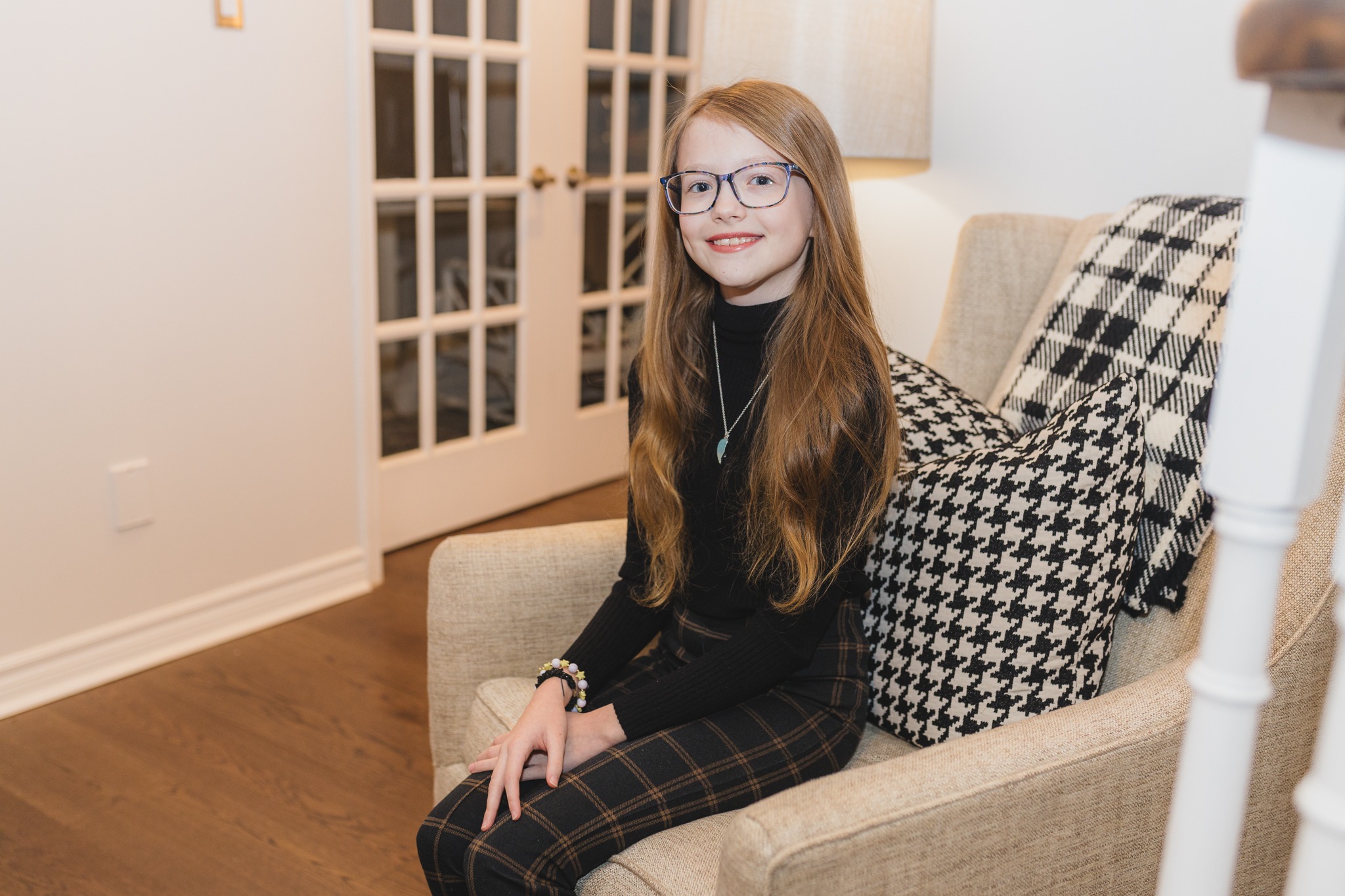Opinion | Improving Treatments for Children With Cancer

To the Editor:
Re “It Takes a Lifetime to Survive Childhood Cancer,” by Pamela Paul (column, Oct. 8):
As an almost 20-year survivor of childhood cancer, I found Ms. Paul’s column striking in so many ways. She captured the essence of the struggles and anxieties I face.
When I was treated in 2004, I underwent surgery, radiation and chemotherapy as part of a new “gold standard” of treatment for medulloblastoma. Yet while my primary cancer was cured, defining success based on reaching a five-year survival mark is a poor way to capture the impact of the harsh treatments that pediatric cancer patients face.
I consider myself lucky, but I still experience late side effects from my treatments, including double vision, hearing loss and now three meningiomas (noncancerous brain tumors).
In addition to the points Ms. Paul made, diet is another important consideration in the care of survivors. As a recent nutrition epidemiology master’s degree recipient, I know that research shows the powerful impact of good nutrition in improving quality of life and reducing some late effects among cancer survivors.
Elizabeth Allen
Norfolk, Mass.
To the Editor:
Most American children with cancer now survive for more than five years. But these “cured” children still suffer from a variety of physical and developmental problems and have a shorter life span.
Other than treatment, prevention is crucial in child cancer. Since the 1970s, the rate of new cancers in U.S. children has risen 44 percent. In many cases, the cause is unknown. Lifestyle factors like smoking, obesity, inadequate exercise, poor diet and alcohol have little effect on children’s cancer rates.
The American Cancer Society reports that radiation exposure and other environmental factors have been linked with child cancers. Studies show high rates of child cancer near nuclear reactors, and drastic declines after reactors shut down.
Greater emphasis on reducing child exposures to radiation and other environmental toxins will mean that fewer children will be diagnosed with cancer. A cleaner environment will mean a healthier future for our children.
Christie Brinkley
Sag Harbor, N.Y.
The writer, the model and actress, is vice president of the Radiation and Public Health Project.
To the Editor:
As a retired pediatric oncologist, I read with great interest the heartbreaking story of Marissa Gonzalez, which offers us a glimpse of what countless childhood cancer survivors have to endure over a lifetime. But I want to emphasize the brighter side, too.
First, children surviving their cancer for five years or more without any relapse are considered cured since their risk of relapse after five years is extremely low. Overall, as you report, about 85 percent of all children with cancer in developed nations are now cured.
Second, thanks to modern refined therapies, we now avoid radiation, and thus avoid radiation-therapy-induced adverse effects on growth and cognitive function in most children with cancer, except those with brain tumors.
Finally, while almost any organ system can be affected by chemotherapy, in my more than 35 years of treating and following children with cancer, I have found that the majority of childhood cancer survivors have no significant organ damage and lead normal and productive lives.
Somasundaram Jayabose
Millwood, N.Y.
To the Editor:
Last year our 11-year-old daughter was diagnosed with bone cancer — Ewing’s sarcoma. What her pediatricians classified as “growing pains” was in fact a six-inch tumor on her femur.
Pamela Paul’s column underscored that 40 years ago our daughter would have had little chance of survival. Thanks to medical advancements, while chemo and surgery were arduous, she will likely survive and live a full, though changed, life.
But standard pediatric cancer protocols are still not keeping pace with adult treatments and scientific progress.
Along with the tumor, our daughter had potentially cancerous nodules on her lungs. The standard whole lung radiation protocol would have delivered a high level of radiation to her heart, so her doctor elected to use a more targeted radiation to protect her heart and lower future risk of breast cancer.
We were lucky our daughter’s doctor was proactive and able to make this change. All children who endure the deep losses of childhood cancer should be given the best opportunity to live longer, healthier lives, with treatment protocols updated more frequently in line with medical advancements.
Liz Sweet
Alameda, Calif.
To the Editor:
“It Takes a Lifetime to Survive Childhood Cancer” provided me with a greater understanding of my family and life. My brother survived a medulloblastoma for 25 years. Pamela Paul’s column acknowledges the challenges of surviving childhood cancer, including the brutal and experimental medical treatments. It is noble and amazing to save lives — and parents will indeed do “anything.” And yet.
Developmentally disabled and cognitively impaired, my brother was aware and often angry that he would always be different. During my wedding weekend, after the custom tuxedo fitting for his short (4-foot-6) and broad adult body, he asked when he would get to have the life he wanted. He died seven years later from his third brain tumor, a consequence of the radiation treatments.
Childhood cancer affects the whole family. My therapist and I often discuss my earliest memories beginning in the white-walled hospitals during my brother’s surgery and treatments. Neither my parents nor I knew how to process this.
I am grateful for what this article acknowledges, and grateful for all that medicine can do, and the changes now being made, while also grieving for the pain, losses and (unexpected) complexities that continue for all the survivors.
Julie Jeanell Leung
Bainbridge Island, Wash.
link




:max_bytes(150000):strip_icc()/asian-sick-little-girl-lying-in-bed-with-a-high-fever-952683074-5b5b784046e0fb005027ca13.jpg)

